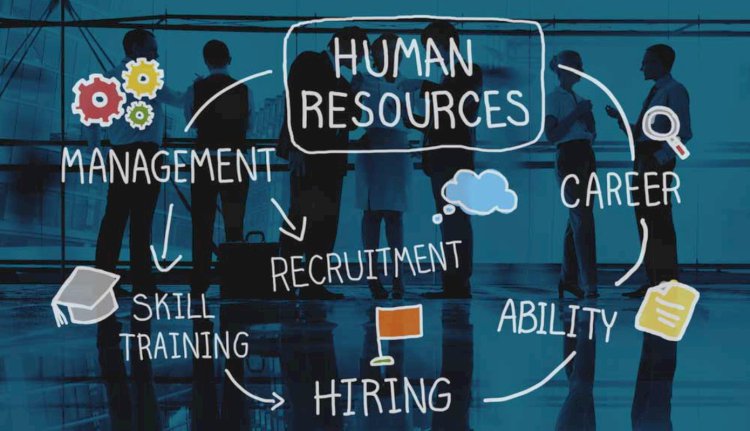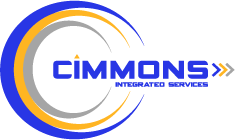Importance of Human Resource

The Role of HRM
Keep in mind that many functions of HRM are also tasks other department managers perform, which is what makes this information important, despite the career path taken. Most experts agree on seven main roles that HRM plays in organizations. These are described in the following sections.
#Staffing
You need people to perform tasks and get work done in the organization. Even with the most sophisticated machines, humans are still needed. Because of this, one of the major tasks in HRM is staffing. Staffing involves the entire hiring process from posting a job to negotiating a salary package. Within the staffing function, there are four main steps:
1. Development of a staffing plan. This plan allows HRM to see how many people they should
hire based on revenue expectations.
2. Development of policies to encourage multiculturalism at work. Multiculturalism in the
workplace is becoming more and more important, as we have many more people from a
variety of backgrounds in the workforce.
3. Recruitment. This involves finding people to fill the open positions.
4. Selection. In this stage, people will be interviewed and selected, and a proper
compensation package will be negotiated. This step is followed by training, retention, and
motivation.
# Development of Workplace Policies
Every organization has policies to ensure fairness and continuity within the organization. One of the jobs of HRM is to develop the verbiage surrounding these policies. In the development of policies, HRM, management, and executives are involved in the process. For example, the HRM professional will likely recognize the need for a policy or a change of policy, seek opinions on the policy, write the policy, and then communicate that policy to employees. It is key to note here that HR departments do not and cannot work alone. Everything they do needs to involve all other departments in the organization. Some examples of workplace policies might be the following:
1 Discipline process policy
2 Vacation time policy
3 Dress code
4 Ethics policy
5 Internet usage policy
#Compensation and Benefits Administration
HRM professionals need to determine that compensation is fair, meets industry standards, and is high enough to entice people to work for the organization. Compensation includes anything the employee receives for his or her work. In addition, HRM professionals need to make sure the pay is comparable to what other people performing similar jobs are being paid. This involves setting up pay systems that take into consideration the number of years with the organization, years of experience, education, and similar aspects.
#Retention
Retention involves keeping and motivating employees to stay with the organization. Compensation is a major factor in employee retention, but there are other factors as well. Ninety percent of employees leave a company for the following reasons:
1 Issues around the job they are performing
2 Challenges with their manager
3 Poor fit with organizational culture
4 Poor workplace environment
#Dealing with Laws Affecting Employment
Human resource people must be aware of all the laws that affect the workplace. An HRM professional might work with some of these laws:
1 Discrimination laws
2 Health-care requirements
3 Compensation requirements such as the minimum wage
4 Worker safety laws
5 Labor laws
#Key Takeaways
Capital includes all resources a company uses to generate revenue. Human resources or the people working in the organization are the most important resource.
Human resource management is the process of employing people, training them, compensating them, developing policies relating to the workplace, and developing strategies to retain employees. There are seven main responsibilities of HRM managers: staffing, setting policies, compensation and benefits, retention, training, employment laws, and worker protection. In this book, each of these major areas will be included in a chapter or two.In addition to being concerned with the seven internal aspects, HRM managers must keep up to date with changes in the external environment that may impact their employees. The trends toward flexible schedules and telecommuting are examples of external aspects.
To effectively understand how the external forces might affect human resources, it is important for the HR manager to read the HR literature, attend conferences, and utilize other ways to stay up to date with new laws, trends, and policies.

 Anupam Upadhyay
Anupam Upadhyay 












